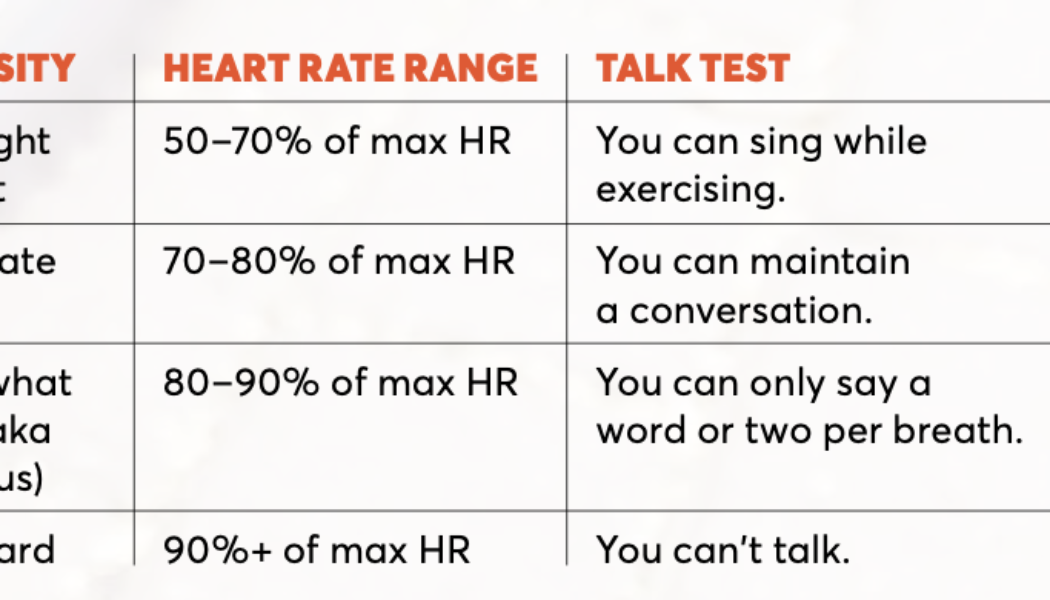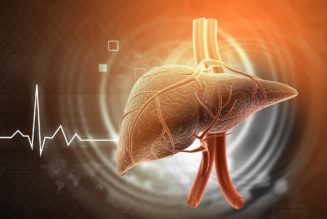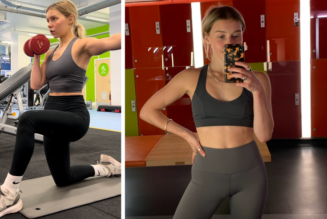“An apple a day keeps the doctor away” is in need of a modern update. Pair that apple with some cardio or weight training, and now we’re talking. Eating right is one thing, but pairing it with regular exercise creates a combo that’s unbeatable when it comes to keeping you healthy. Whether your goal is to lose weight or just lead a healthier life, exercise should be regarded with as much importance as diet.
How is exercise beneficial?
“Getting 150 minutes a week [of aerobic exercise] is clearly enough to prevent a number of diseases and conditions, including coronary heart disease, high blood pressure, stroke, Type 2 diabetes, metabolic syndrome, colon cancer, breast cancer, and depression, as well as all-cause mortality and falls and declines in cognitive function,” says Judith Regensteiner, PhD, professor of medicine and director of the Center for Women’s Health Research at the University of Colorado School of Medicine.
“There’s probably a point below that amount that is effective, too. Anything is better than nothing.” There’s not a single pill out there that can claim those benefits — and exercise is free! As Regensteiner notes, studies have shown that the following types and “doses” of exercise have well-documented, evidence-based benefits for adults of all ages:
- 150 MINUTES of moderate-intensity cardio exercise a week. Take the intensity up to vigorous, and 75 minutes will do the job.
- 2 OR 3 strength-training workouts a week that target your entire body (arms, shoulders, chest, back, abs, butt, and legs). That might involve your own body weight or other types of resistance.
- 2 OR 3 flexibility sessions a week.
Just like taking pills, you should be aware of what you’re getting with exercise, how it’s affecting your body, and how to take it.
Cardio
This is shorthand for aerobic (and sometimes harder) exercise. It means anything from walking to high-intensity interval training (HIIT). This kind of exercise challenges your heart and lungs, training them to get stronger and more efficient. That delivers many of the health benefits listed earlier, but also has impacts on mood and brain function and may even impact how your cells age.
The American College of Sports Medicine (ACSM) recommends accumulating 30 minutes or more of moderate exercise five days a week, or 20 minutes or more of vigorous exercise three days a week. That’s how powerful higher-intensity workouts are. You can accumulate cardio in 10-minute bursts if necessary; the goal is to just move as often as you can.
Low vs. High-Intensity Workouts
Intensity is important in exercise. While lower-intensity workouts, something as simple as walking the dog, can help spur health benefits, increasing the effort will challenge your heart and lungs and improve your overall fitness level. There are a variety of ways to gauge your intensity, with the most scientific one being your heart rate. The most common heart rate metric is your max heart rate (HR), which is very generically determined with the formula 220 minus your age. There are other more concise formulas out there, but this one gets you in the ballpark. (If you’re 45 years old, your max HR based on this formula would be 175.) Using that number, you can calculate different workout levels, which are performed at percentages of your max HR.
Another way to look at intensity is with the talk test. Your ability to sing, talk, or utter just a few words at a time is a great guide. Finally, the last way to ballpark how hard you’re working is with something called the rate of perceived exertion, or RPE, scale. Zero is lying on the couch and 10 is sprinting for a bus that’s pulling away from the curb. The chart below shows how they compare.
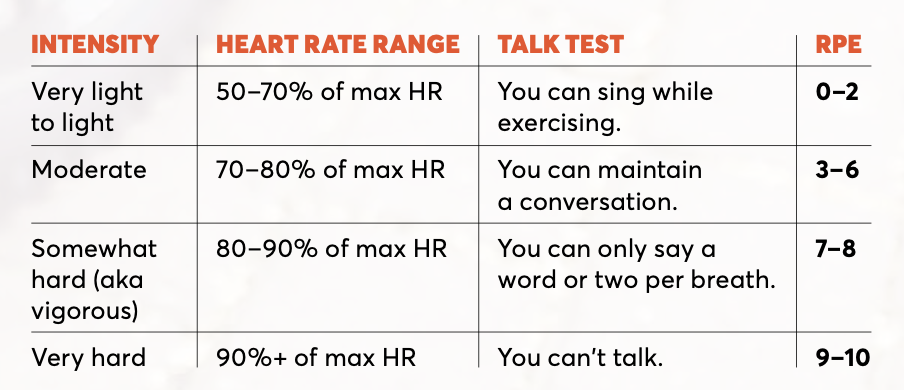
Strength Training
Also known as resistance or weight training, it involves using your body weight or some other type of resistance to challenge your muscles and make them stronger. Even though the focus is on your muscles, strength training has benefits for your heart and bones and reduces your overall risk of dying early. It’s also good for improving blood pressure and blood sugar levels.
Resistance might include dumbbells, exercise tubing, barbells, weight machines, kettlebells, or a bag filled with sand or water. Generally, you want to aim for three to four sets of eight to 12 repetitions using a weight that feels challenging to lift with good form by that last repetition. If you go slightly lighter with the weight, aim for 10 to 15 reps. Note that the heavier you lift, the more rest you’ll need to recover for the next set; and research has shown you can get by just fine with one or two sets of each exercise. Strength training can additionally include activities such as rock climbing.
Flexibility Training
Stretching after a workout is a good way to cool down and help boost range of motion, which can decline with age. Target your entire body (giving extra love to spots that feel tight, such as your lower back or hip flexors) and hold each stretch for 10 to 30 seconds. There are many different approaches to flexibility work.
How do I get started exercising?
Stand up and move. Go for a walk, first around the block, then a little farther. If you have any underlying health issues, especially poorly controlled diabetes, heart disease, or a condition like osteoporosis, check with your doctor for clearance first. Most people don’t need a doc’s say-so to start moving more, as long as you take it slow at first (your doctor will be ecstatic to hear you’re exercising). If you’re new to weightlifting, it’s always good to take some group classes or work with a trainer who can show you proper form to minimize your injury risk. These days, at-home sessions are a lifesaver and you can find something for every interest and aptitude.
Will extra exercise help me lose weight?
Yes. Weight loss is mostly about math: calories out need to exceed calories in. (Hormonal imbalances can affect this equation, but it’s a good place to start.) Of course, you need to get your eating under control. Once you have that dialed in, exercise can play a big role. The standard exercise guidelines are for health benefits, like helping your heart and lungs to work better. The American College of Sports Medicine recommends that healthy adults aged 18 to 65 do moderate intensity aerobic physical activity for a minimum of 30 minutes, five days per week, or vigorous intensity aerobic activity for a minimum of 20 minutes, three days per week. The US Department of Health and Human Services recommends that healthy adults get at least 150 minutes of moderate aerobic activity (brisk walking, swimming) or 75 minutes of vigorous aerobic activity (running, dancing) per week, or a combination of moderate and vigorous activity. Of course, if you want to lose weight, you may want to exercise more.
Does more muscle equal less fat?
Many people get this equation wrong — but actually, more muscle does equal less fat. “Women tend to focus on burning calories when they’re trying to lose weight. They’re avoiding the weights,” says trainer David Freeman, the national brand manager for the Alpha small group training class at Life Time. “As a result, they’re losing muscle, which increases their body fat percentage.” When you lose muscle, you’re sabotaging your ability to keep weight off. While both muscle and fat cells burn a relatively small number of calories just hanging around on your body, muscle burns more than fat. If you tap into your muscle stores, your metabolism, which will already slow down as you get lighter, will be even slower. Wrong move! Adding muscle by strength training will help keep that metabolism revved. Plus, a pound of muscle takes up less space than a pound of fat, so your physique changes even if the scale does not.
How To Get It Done
Here’s how all this might look when broken down on a weekly calendar. You can accumulate some moderate exercise and some vigorous exercise to reach your weekly goal; it’s not either/or. (Keep in mind that every minute of vigorous exercise counts as two moderate minutes, more or less.)
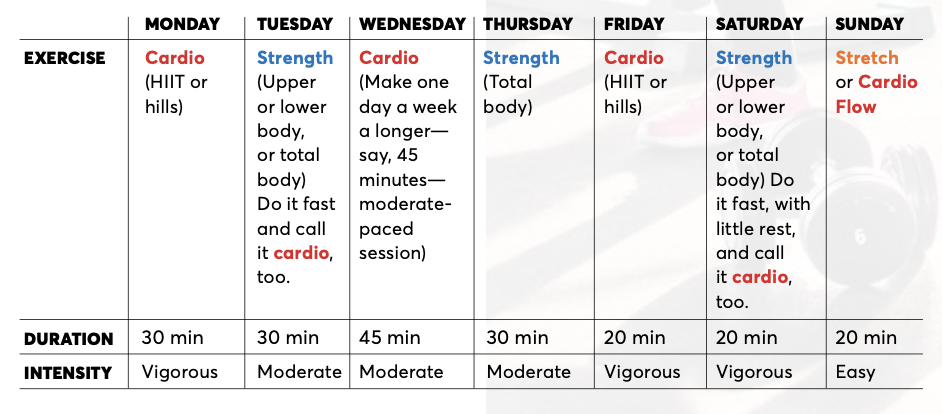
This content is not a substitute for professional medical advice or diagnosis. Always consult your physician before pursuing any treatment plan.
A version of this article appeared in our partner magazine Get In Shape: 2022.
